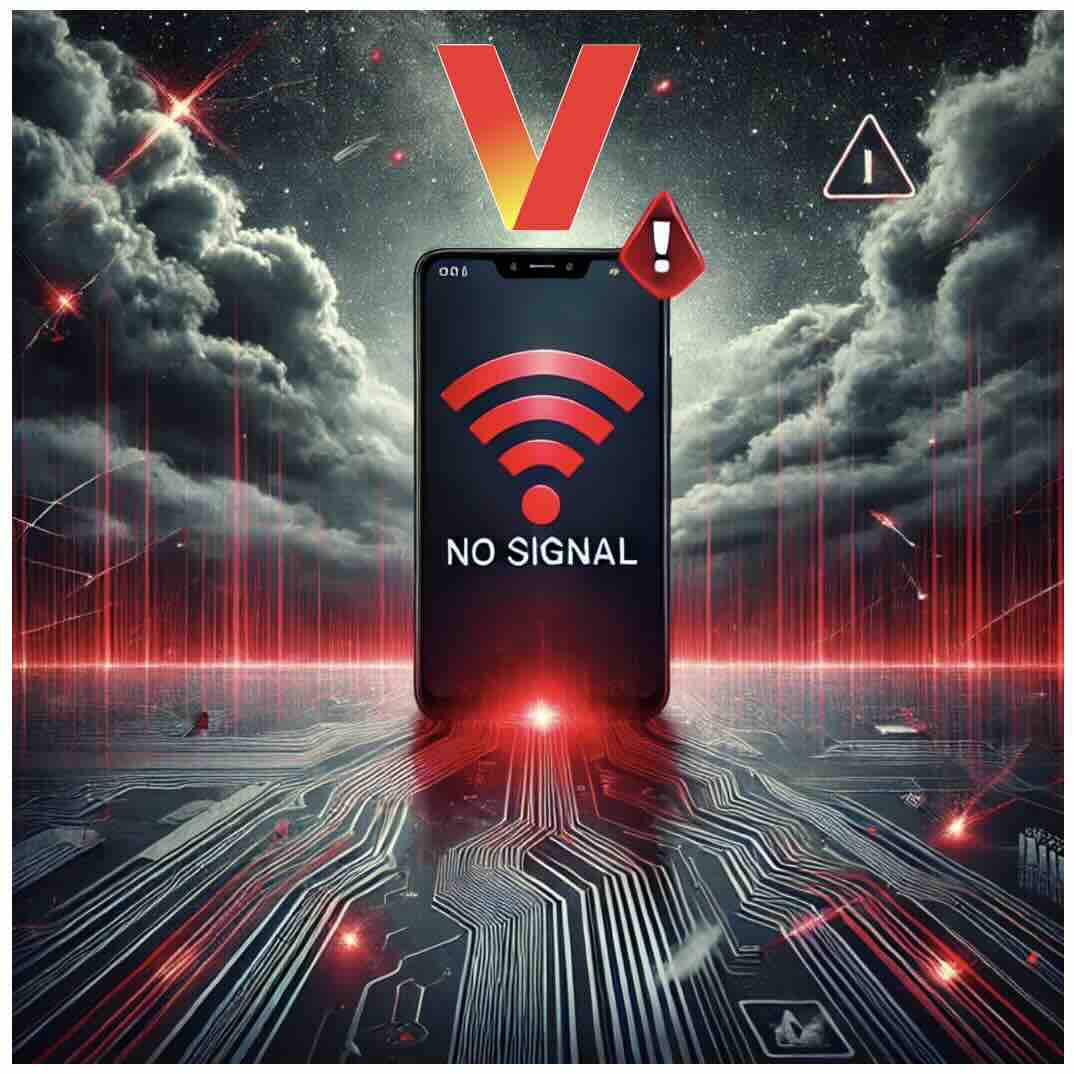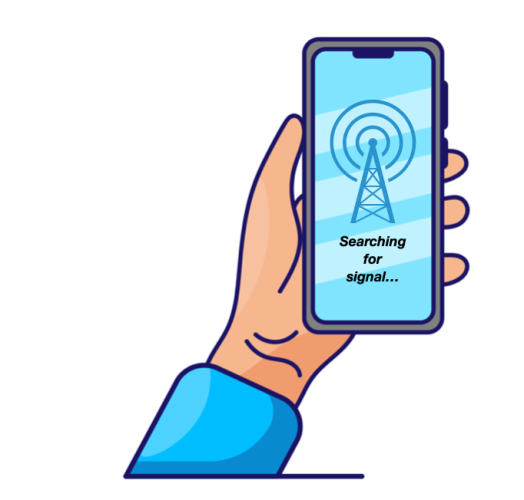
Table of Contents
This morning, Monday September 30, 2024, Verizon customers across the U.S. experienced widespread network outages, leaving many without access to their wireless service. By 10:15 a.m. ET, more than 70,000 reports of the “Verizon network down” were logged on DownDetector, a platform that tracks service disruptions.
What Happens When the Network is Down?
When Verizon or any cellular network goes down, it means you lose access to data services, voice calls, and text messaging. A ‘No Service’ message or a red “no signal” icon may appear on your device, and signal bars can disappear completely. The “network down” error could happen for various reasons:
- Weather conditions: Thunderstorms, heavy rain, or strong winds can interfere with towers and reduce signal strength.
- Technical outages: Maintenance, updates, or unexpected equipment failures on the provider’s side can affect connectivity.
- Overloaded network: High traffic, especially during events, can cause temporary outages in areas with many users.
This sudden “network down” disconnection can be frustrating, especially when you’re in the middle of an important task. Fortunately, there are ways to not only troubleshoot the issue but also prevent it from disrupting your life or work.

Why Failover Is Essential: Stay Connected Even When Cellular Networks Go Down
This is where failover technology becomes critical. If you see your primary network down, a failover system automatically switches to a backup connection, ensuring you stay online.
Failover solutions, built into advanced routers, allow seamless switching between multiple Internet sources, such as:
- Wired broadband (cable or fiber): These connections can serve as a backup to cellular networks.
- A secondary cellular provider: By using a different carrier’s SIM card, you ensure that if one network is down, another can keep you connected.
How Failover Works: A router with failover capabilities will detect when your primary connection fails, and within moments, switch to the secondary one without you having to intervene. You won’t even notice the network down, as the router will automatically revert to the primary connection once it’s back online.
Failover is an ideal solution for:
- Business continuity: Businesses can’t afford to lose access to critical applications or communications. Failover prevents expensive downtime.
- Remote work: With so many people relying on cellular internet for working from home, having a secondary connection is crucial for avoiding disruptions.
- Home automation and security: A secondary connection ensures your smart home devices, including security systems, stay online even during an outage.
Steps to Take When Your Cellular Network Goes Down
Whether or not you have a failover solution in place, there are still some steps you can take to troubleshoot your cellular connection or work around the outage. Here are some key things to try when your Verizon or cellular network is down:
- Check for a Carrier-Wide Outage: Start by checking if the problem is specific to your device or if there’s a larger service outage. You can do this by visiting Verizon’s network status page or using apps like DownDetector to see if others in your area are affected.
- Restart Your Device: A simple reboot can sometimes reconnect you to the network. Power cycling your smartphone or router can refresh the connection and resolve minor issues.
- Toggle Airplane Mode: Enable airplane mode for about 30 seconds, then turn it off. This forces your device to reconnect to the nearest cell tower, which may solve connectivity issues.
- Move to a Higher Location: Physical obstacles like walls or buildings can block cellular signals. If you’re in a low-signal area, try moving closer to a window or going to a higher floor to improve reception.
- Switch to Wi-Fi or an Alternative Network: If you have a secondary eSIM, failover system or alternate internet connection in place, your device or router should automatically switch to this connection. If not, you can manually connect to any available Wi-Fi networks to regain internet access. Some users even state that disabling 5G could help. Go to your device settings and check network mode for this information.
- Enable SOS Mode (Emergency Calls Only): In some cases, even if your network is down, your phone may allow emergency calls using other carriers’ networks. If you’re in an urgent situation, check for the SOS icon on your phone, which indicates that 911 or emergency services can still be contacted even without your primary network.
Plan for Failover to Avoid Downtime
Cellular network outages, like those that can happen on Verizon, are often out of your control, but the impact doesn’t have to be. Investing in failover technology ensures you stay connected, whether through a secondary cellular carrier or a broadband connection. By planning ahead and using a router with automatic failover features, you can avoid downtime, maintain business continuity, and ensure that critical services in your home or office stay online.
Staying connected during a network outage is possible, even when your primary connection fails. From troubleshooting basic issues to setting up a reliable failover system, you can prevent disruptions and keep your day running smoothly.

